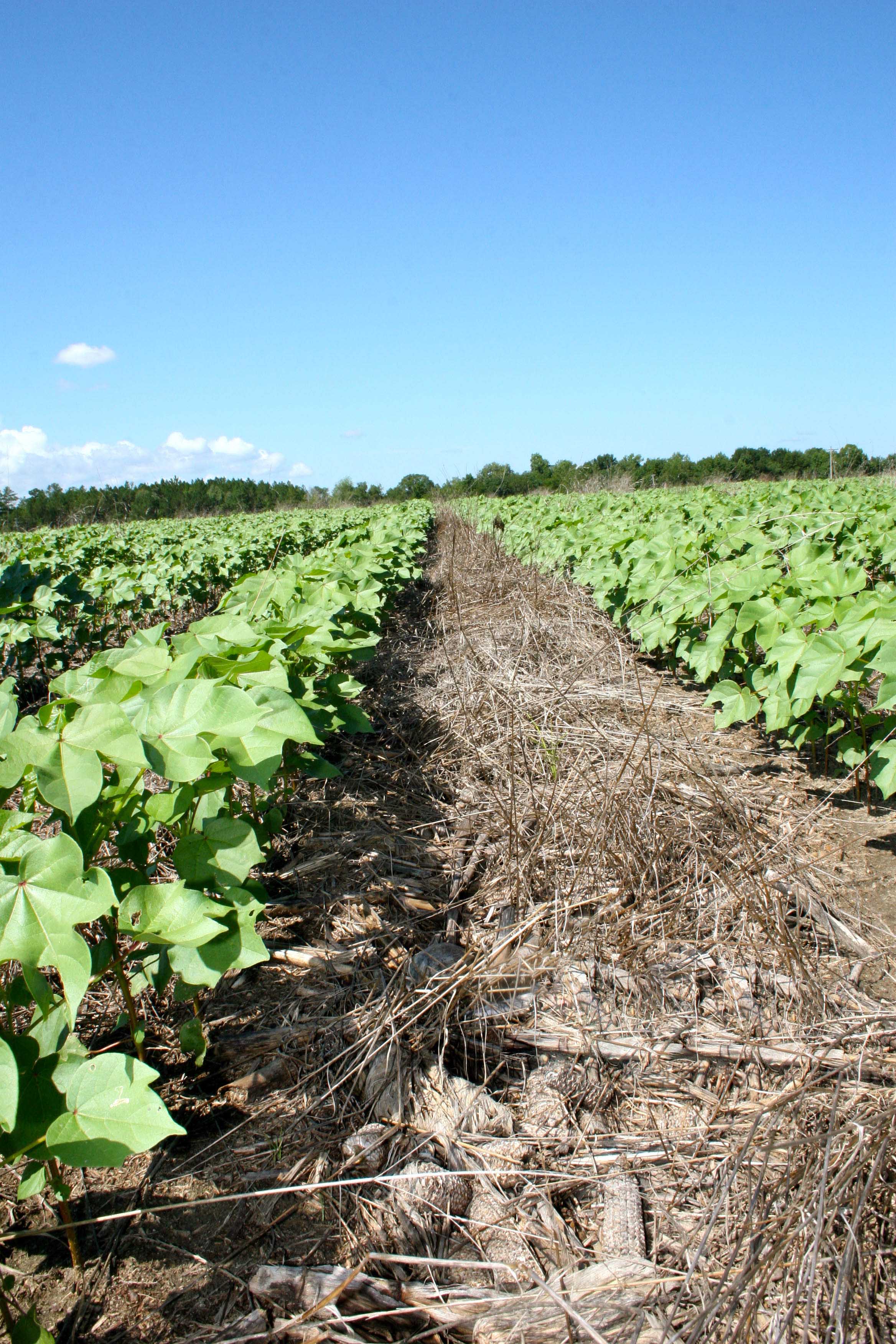 CAES News
CAES News
UGA geneticist wins the university's Creative Research Medal for pioneering finger millet research
University of Georgia plant breeder and geneticist Katrien Devos’ work unraveling the mysteries of pearl millet aims to make subsistence farming communities more food-secure. The pioneering and globally engaged nature of her work earned her one of UGA’s top research awards: the Creative Research Medal.





